Client Story: Playroom
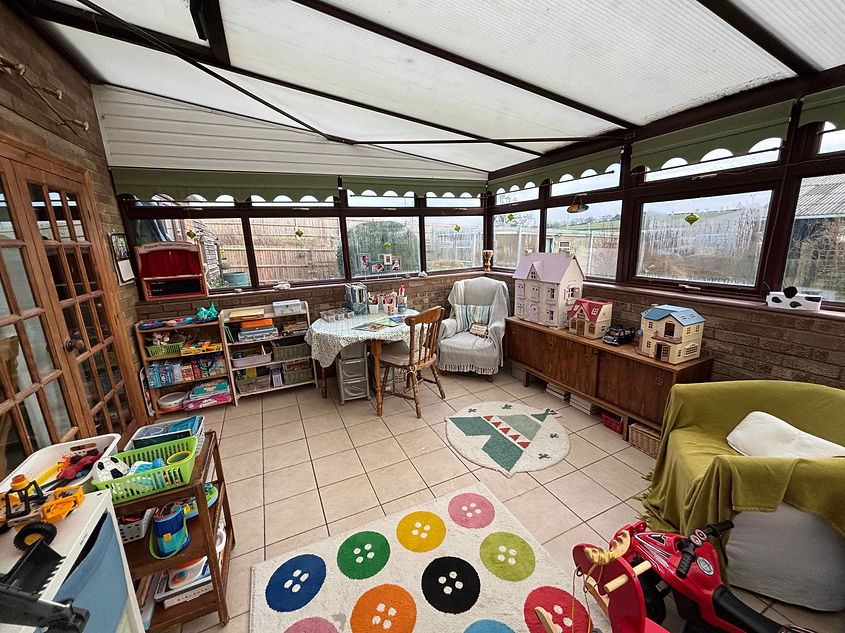
I worked on a large standalone conservatory playroom for my client Emily, who is married with three children.
I had an in-person consultation with Emily to discuss her wishes for the space and how her children play now. She told me that her eldest two children had stopped using the playroom as much, so a good declutter was long overdue.
Emily’s sisters visit from time to time with their babies, so areas for their toys needed consideration, as well as thinking about safety and keeping certain items out of their reach.
The playroom table became a dumping ground for items that didn’t have homes, this was one of Emily’s biggest pain points.
Available storage in the room was already full and space for any new items coming in was limited. Emily’s top priority was getting rid of old/broken/not played with toys and making sure they either went to charity or were sold.
The family enjoy socialising and sometimes use the playroom as an extension of the kitchen; therefore, Emily wanted the playroom armchairs to stay where they were to facilitate this.
Read on to find out about my planning process and how the finished room turned out.
Before
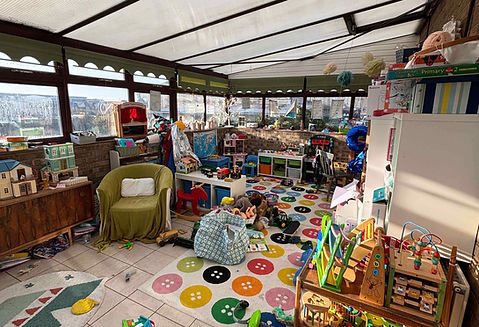

The Plan
I'm a paragraph. Click here to add your own text and edit me. It's easy.
After my consultation with Emily, I went away and put my thinking cap on to come up with a plan of tackling the toys and how the room could be used to its full potential.
This was my thought process:
Emily’s toys were mostly in their correct categories, they just needed a good sort out. So my plan was to go around the room with Emily from left to right at the start of the first session, pulling out each category one by one to declutter.
I felt that getting everything out all at once (like I might do for a kitchen declutter) would have overwhelmed her.


-I thought of ways to move the furniture around to open up and maximize the space available. I had a few ideas up my sleeve in case one idea didn’t work practically once I was in the space.
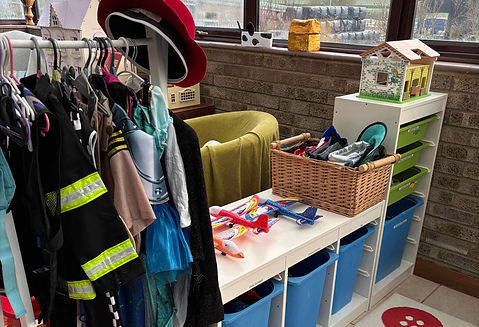

-I wanted to make the table into a crafts/activities area, with pens, pencils and colouring books, which would hopefully stop it becoming a dumping ground.


-I planned to add easy to read labels to the storage so that each category could be found quickly by children and adults.

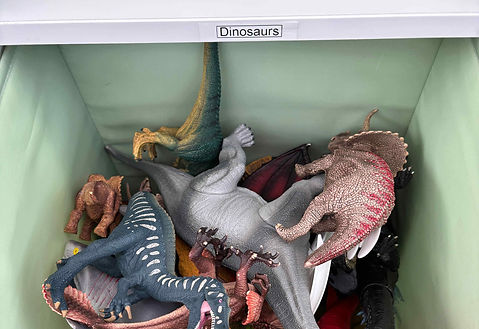
-I advised Emily to book a free doorstep charity collection for items that she wanted to donate, then create boxes/bags for items to sell.
The Result
Getting out and going through each category individually at the start of the sessions broke up the large task into manageable chunks. I labelled boxes for: keep, donate and sell and this made the process a lot easier.

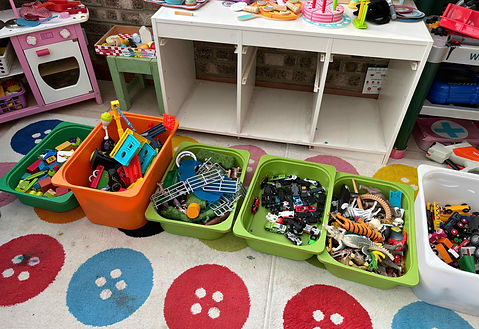
Moving some of the furniture around meant that it could be used in new ways, such as creating space for the youngest’s beloved tractor and digger collection.
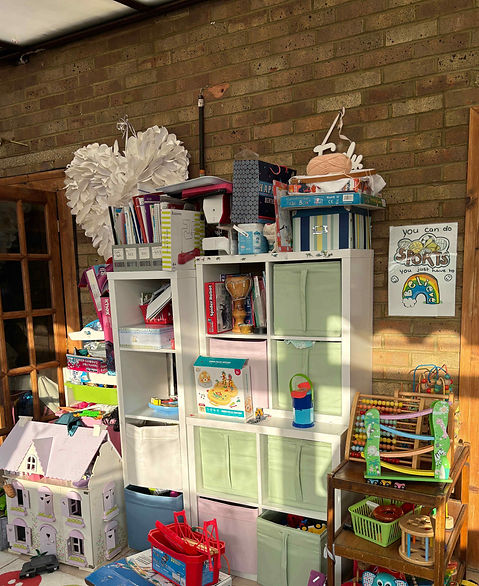
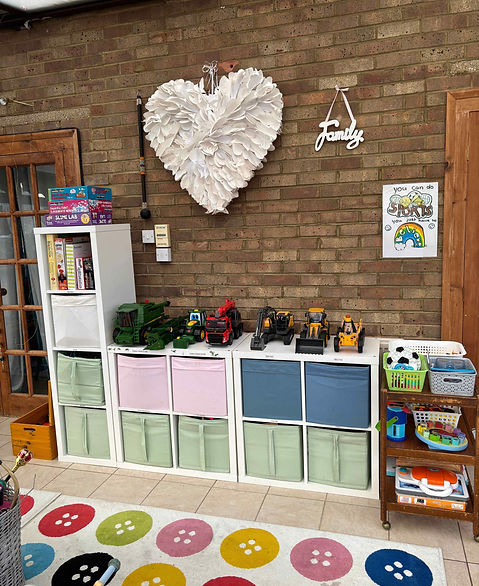
The table being dedicated to arts and crafts, allows space for the youngest’s creativity to flourish.
The children can find all the toys now that everything has a home, there are no toys to trip on (you only have to stand on a Lego brick once to know you never want to again!), and the space is safe for children of all ages.
It will also be easier and quicker to tidy up (one of most people’s least favourite tasks) when the room has been played in and everyone is tired!

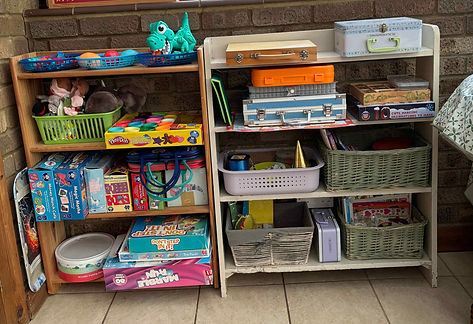
After
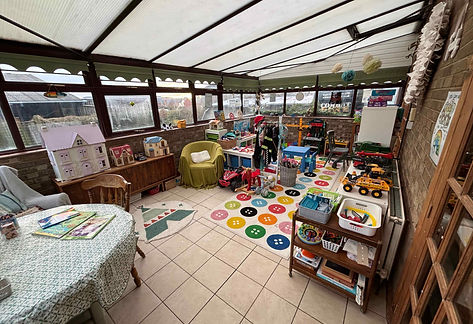
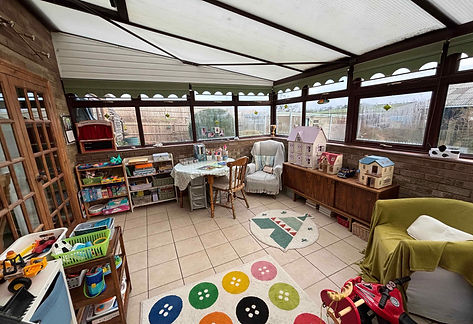
Emily's thoughts about working with me:
"Sophie was so incredible in her declutterring process. She was so professional in the way she asked personal questions at the start to find out priorities for the room.
She was very methodical, logical and sensitive when we did the big declutter.
Sophie was then amazing in her vision for the room and the way she organised it was very considerate of the ages of the children, and the way they play.
It was amazing having Sophie come to declutter the playroom, I would have her back in a heart beat!"